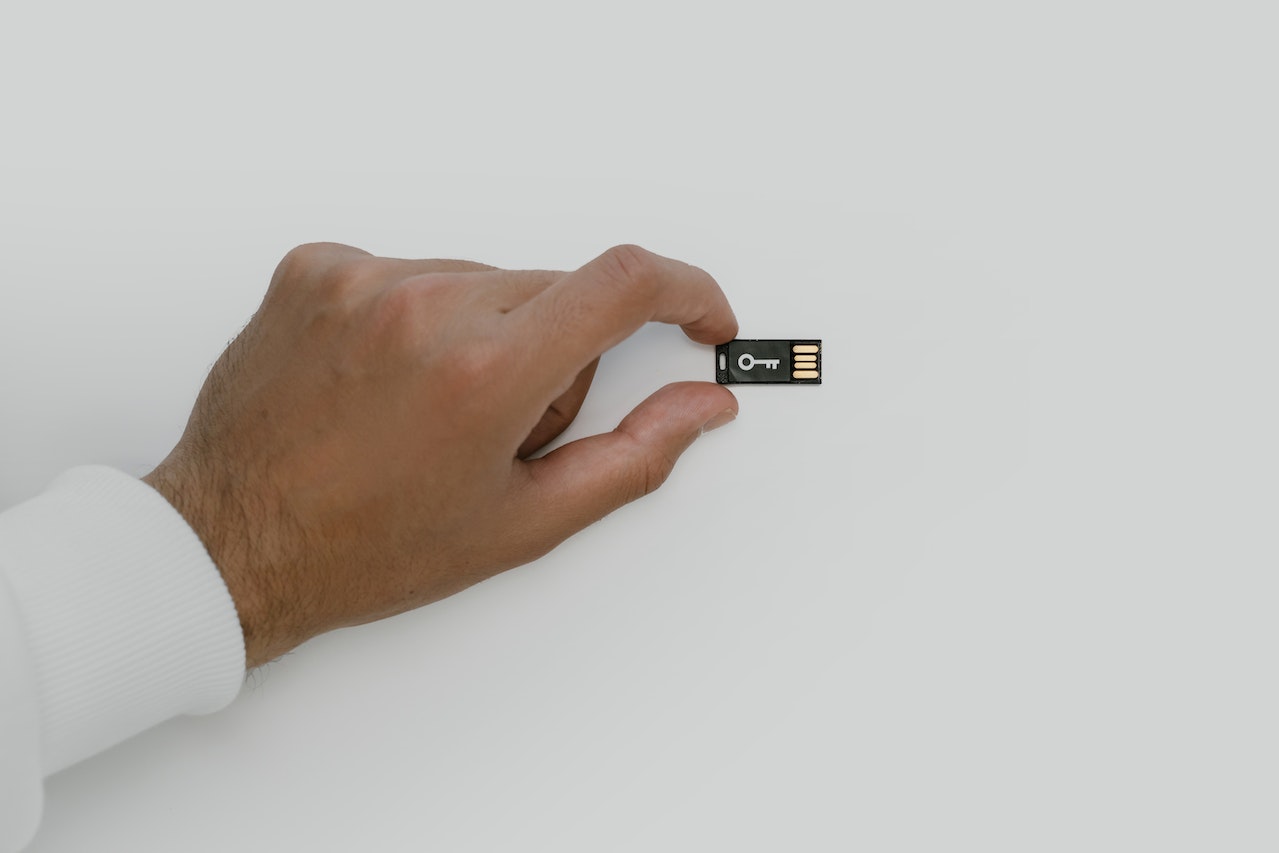The Internet of Things (IoT) has transformed the way we live and work, with a vast array of interconnected devices creating smart homes, industries, and cities. As the IoT ecosystem continues to expand, organisations must address the increasing security risks associated with these connected devices. One of the most effective ways to mitigate IoT security risks is through the integration of an ISO 27001 compliant information security management system (ISMS).
ISO 27001 provides a comprehensive framework for identifying, assessing, and managing information security risks, making it a valuable tool in the realm of IoT security. By following the guidelines and best practices outlined in this standard, organisations can establish robust security controls for their IoT ecosystem, safeguarding their sensitive data and ensuring compliance with relevant regulations.
In this blog post, we will delve into the unique security challenges posed by IoT devices and the role of ISO 27001 in addressing these risks. We will illustrate how ISO 9001 Consultants can offer invaluable guidance and support in implementing a robust IoT security framework that aligns with ISO 27001 standards. By leveraging the principles of ISO 27001, organisations can confidently secure their IoT ecosystem, protecting sensitive data and minimising potential cybersecurity threats.
Understanding IoT Security Challenges and ISO 27001
As the Internet of Things continues to grow, organisations must navigate the unique challenges associated with securing IoT devices. ISO 27001 offers a solid foundation for managing IoT security risks, with several core principles directly relevant to this context:
- Device Security: IoT devices often suffer from lax security measures, making them vulnerable to hacking and data breaches. ISO 27001’s risk-based approach to security allows organisations to identify specific risks associated with their IoT devices and implement appropriate controls.
- Data Privacy and Compliance: IoT devices collect and transmit significant amounts of sensitive data, making compliance with data privacy regulations crucial. ISO 27001 provides guidance to ensure that organisations maintain the confidentiality, integrity, and availability of this data, facilitating compliance with regulations such as the Australian Privacy Act.
- Interconnectivity: The interconnected nature of IoT devices amplifies the risk of security incidents, as a single compromised device can potentially impact the entire ecosystem. ISO 27001 helps organisations establish effective network security controls to contain and prevent such incidents.
Securing IoT Devices with ISO 27001: Best Practices
Organisations looking to enhance the security of their IoT ecosystem can follow these best practices aligned with ISO 27001:
- Risk Assessment and Management: Conduct a thorough risk assessment to identify specific threats, vulnerabilities, and risks associated with your IoT devices. Develop a risk management plan, including the implementation of appropriate security controls to mitigate these risks.
- Device and Network Security: Implement security controls such as encryption, authentication, and secure software updates to protect IoT devices from unauthorised access and tampering. Establish network segmentation and intrusion detection systems to isolate IoT devices from other network assets and detect potential security incidents.
- Data Protection: Ensure that data collected and transmitted by IoT devices is adequately protected, with encryption, access controls, and secure storage solutions. Implement data classification and minimisation policies to reduce the risk associated with storing sensitive information.
- Incident Response and Recovery: Develop an IoT-specific incident response plan to detect, contain, and remediate security incidents affecting IoT devices. Establish a recovery plan to restore impacted devices to normal operation, minimising downtime and data loss.
- Leveraging IoT Vendor Security Practices in Line with ISO 27001
Selecting IoT devices and services from vendors with strong security practices is crucial for minimising risks associated with IoT implementation:
- Vendor Assessment: Perform a thorough assessment of potential IoT vendors, evaluating their security controls and compliance with global standards such as ISO 27001.
- Security Certifications: Seek IoT vendors with relevant security certifications, ensuring that their products and services adhere to established security frameworks.
- Collaborative Security Approach: Work with your IoT vendors to establish a mutually beneficial security relationship, sharing information on threats and vulnerabilities and collaborating on incident response efforts.
ISO 9001 Consultants: Your Partner in IoT Security and Compliance
Organisations seeking to enhance their IoT security in accordance with ISO 27001 can greatly benefit from the expertise of ISO 9001 Consultants:
- Consultation and Support: Receive guidance and support tailored to your organisation’s specific IoT security needs, ensuring alignment with ISO 27001 requirements.
- IoT Security Training: Equip your employees with a deep understanding of IoT security challenges and best practices, fostering a security-focused culture within your organisation.
- Audit and Assessment Assistance: Gain expert assistance in preparing your IoT security infrastructure for audits and reviews, ensuring the effectiveness of your security controls and compliance with ISO 27001 requirements.
Conclusion
As the Internet of Things continues to expand, organisations must be proactive in securing their IoT ecosystem. By leveraging the principles of ISO 27001, businesses can effectively navigate the myriad challenges associated with IoT security and maintain the confidentiality, integrity, and availability of their sensitive data.
ISO 9001 Consultants delivers unparalleled guidance and support to organisations seeking to secure their IoT devices in compliance with ISO 27001. By partnering with our expert ISO certification consultants, businesses can develop and implement tailor-made IoT security strategies, minimise risks associated with device interconnectivity, and ensure compliance with data privacy regulations. This proactive approach to IoT security positions organisations for success in the evolving world of connected devices, promoting trust, and resilience amidst an increasingly complex cybersecurity landscape.








Users Comments
Get a
Quote